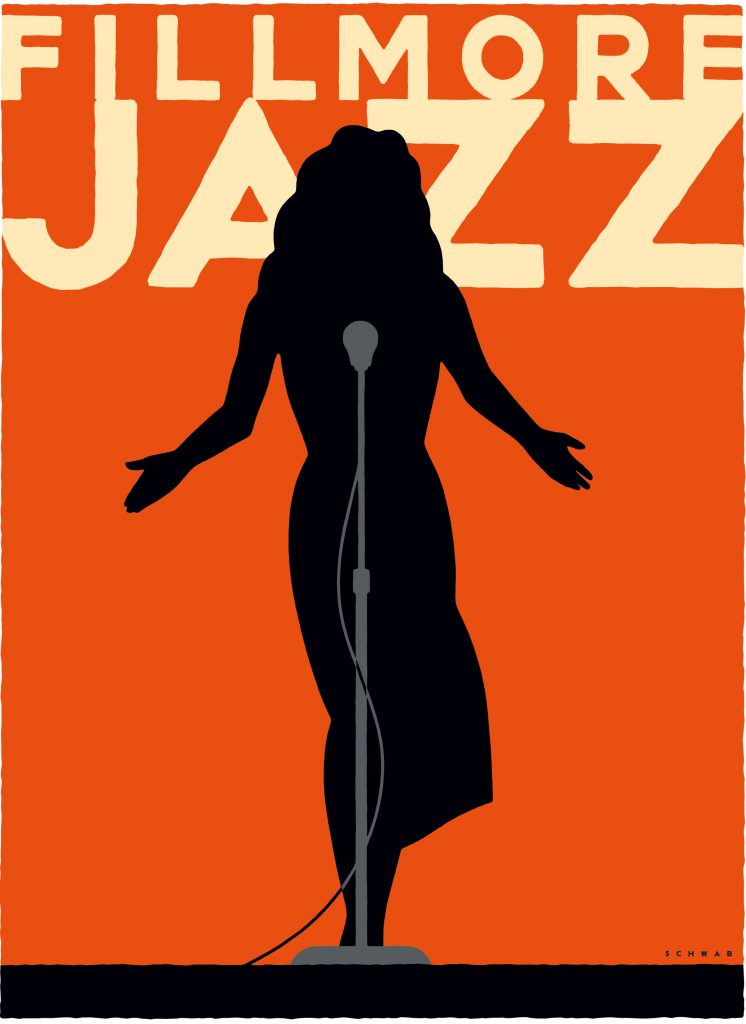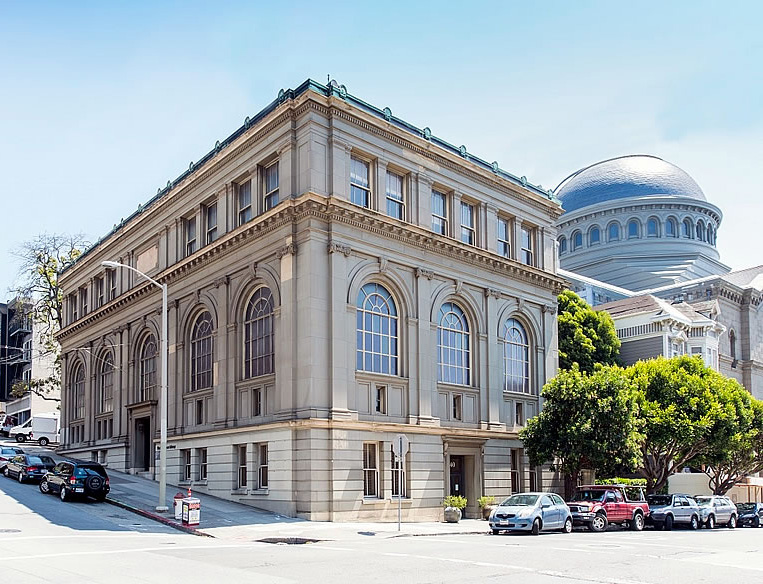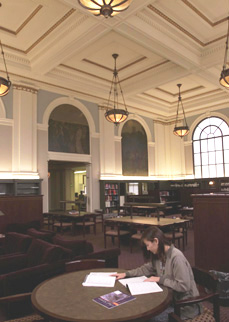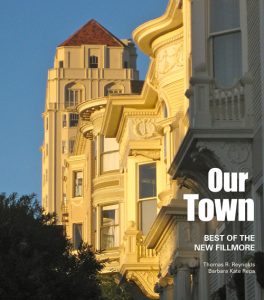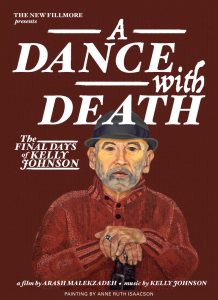LANDMARKS | BRIDGET MALEY
The classical Health Sciences Library at 2395 Sacramento Street may soon find a new use. California Pacific Medical Center recently disposed of its collection and vacated the space, the library having gone entirely digital. The building, which was designated a San Francisco landmark in 1980, is currently for sale at an undisclosed price, marketed as a “one-of-a-kind development opportunity.”
Situated at the southeast corner of Sacramento and Webster Street, the library was designed by prominent San Francisco architect Albert Pissis in 1912. It was built with funds donated by Dr. Levi Cooper Lane, a nephew of Elias Cooper, an early San Francisco physician who founded the Cooper Medical College. The core of the library’s collection came from Lane’s personal library; his last will specifically provided for a “monumental building” to house his book collection.
Cooper Medical College, the first medical school in the west, was located across the street in a Victorian-era brick building constructed in 1882. Later, the Cooper medical complex was acquired by Stanford University and housed Stanford’s medical school from 1908 to 1956. It was then Presbyterian Medical Center until the early 1990s, when it became CPMC. Pissis’s building continued to house a medical library, with a period of vacancy in the 1960s after the Stanford hospital relocated to Palo Alto.
The board of directors of Cooper Medical College purchased the land to build the medical library in 1902, the year of Lane’s death and bequest. However, before the institution turned to Pissis to fulfill Lane’s vision, a controversy ensued over the gift. The president of the college at the time was Charles N. Ellinwood, a prominent San Francisco physician and owner of the large home at 2799 Pacific, also a designated San Francisco landmark.
Ellinwood, who also served as the personal physician to Lane and his wife, Pauline C. Lane, claimed after both their deaths in 1902 that the couple intended to leave two-thirds of their estate to him. The faculty of Cooper Medical College, led by Emmet Rixford, exposed Ellinwood’s manipulation of the gift and removed him from the college administration and board. Lane’s legacy in both the library and the eventual merger with Stanford were secured. The 1906 earthquake further stalled construction of the library. Finally, in 1912, Pissis was commissioned to design it.
Albert Pissis, whose French-born father had immigrated to California, was the first San Francisco architect to attend the Ecole des Beaux Arts in Paris. Pissis studied in the atelier of Julien Guadet from 1872 to 1875. Supplementing his Paris studies, Pissis traveled throughout Europe to experience the great architectural monuments. He then returned to San Francisco, where after a short stint with an earlier mentor, William Mooser, he commenced a solo practice in 1881. By 1885, he found a partner in William P. Moore.
Prior to the 1906 earthquake, Pissis’s work included banks, hospitals, churches, homes for the elderly and commercial buildings, many with French-connected clients. Pissis’s two pre-earthquake monuments, the Hibernia Bank and Temple Sherith Israel, both survived the subsequent fire. When the temple, which shares the block with the medical library, was damaged in the earthquake, Pissis oversaw the repairs to it.
The Lane Medical Library followed Pissis’s Mechanics’ Institute library of 1909 at 57 Post Street, near Market. Both buildings are clad in Colusa sandstone, have majestic spiral stairwells and contain significant murals by esteemed California artist Arthur F. Mathews.
Clearly influenced by Pissis’s Beaux Arts training, the medical library has a three-part, classically inspired composition. The lower story is rusticated and separated from the middle story with a simple cornice. The central level has smooth-finished stone, with Ionic flute pilasters flanking large arched windows. The building is capped with a series of double-hung windows, a projecting cornice, copper detailing and a slate roof.
Inside, an entry hall with a beautifully executed four-story oval spiral staircase of Columbia marble leads to the main reading room, which houses a three-panel Mathews mural, Health and the Arts. Mathews, considered one of California’s most important artists, also trained in Paris. Upon returning to San Francisco, he became director of the California School of Fine Arts and married one of his students, Lucia Kleinhans, who also became a respected artist. After the devastation of 1906, the Mathewses opened an art furniture shop nearby at 1919 California Street. Their work embodied the Arts & Crafts philosophy, combining design, craft and painting.
The Mathewses’ murals, painted furniture and individual canvases are found in California’s major museum collections.
A hospital spokesman said no decision has been made on the disposition of the mural at the medical library.
MORE: “Mathews murals still hang nearby“
Filed under: Bridget Maley, Landmarks


